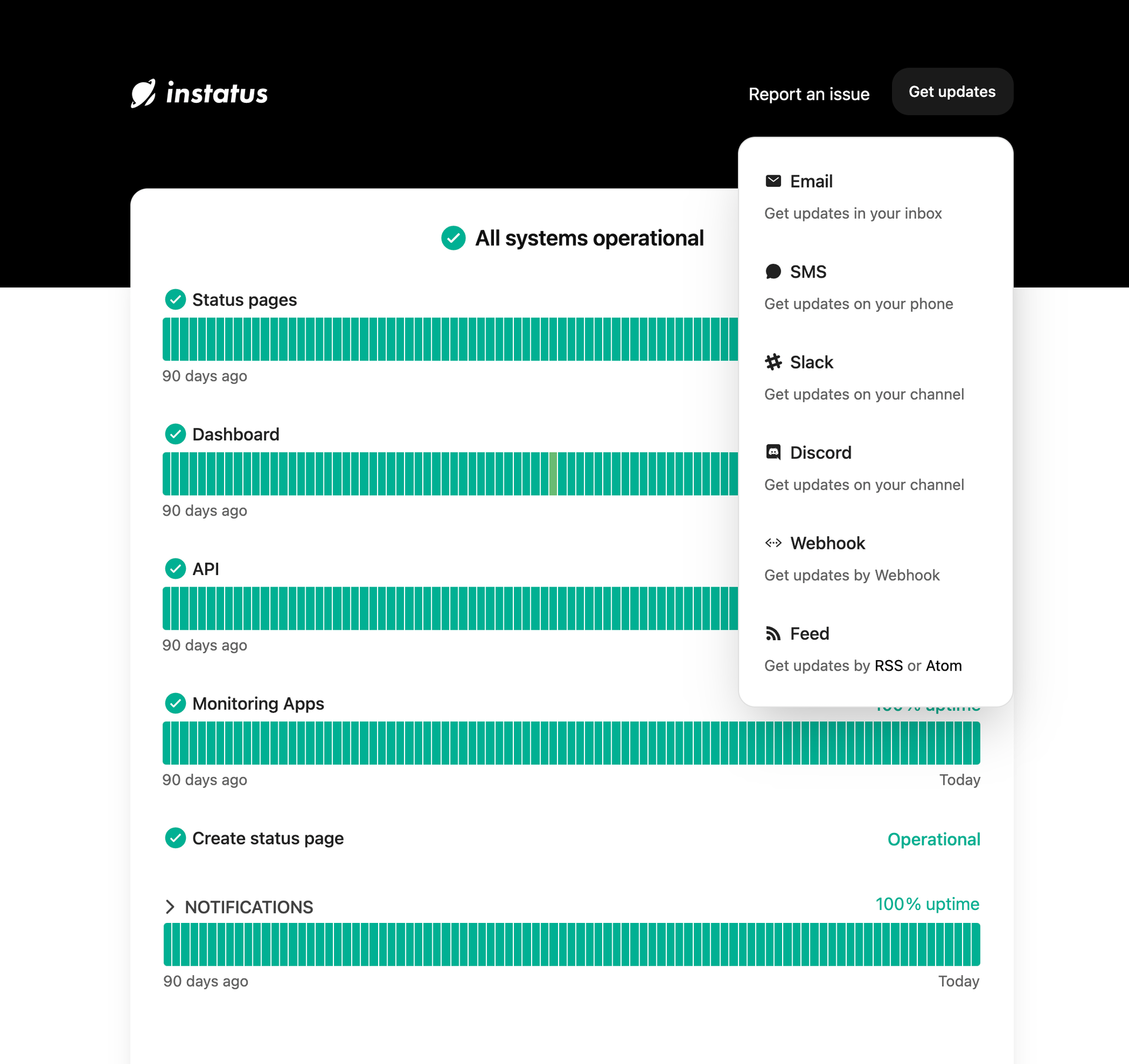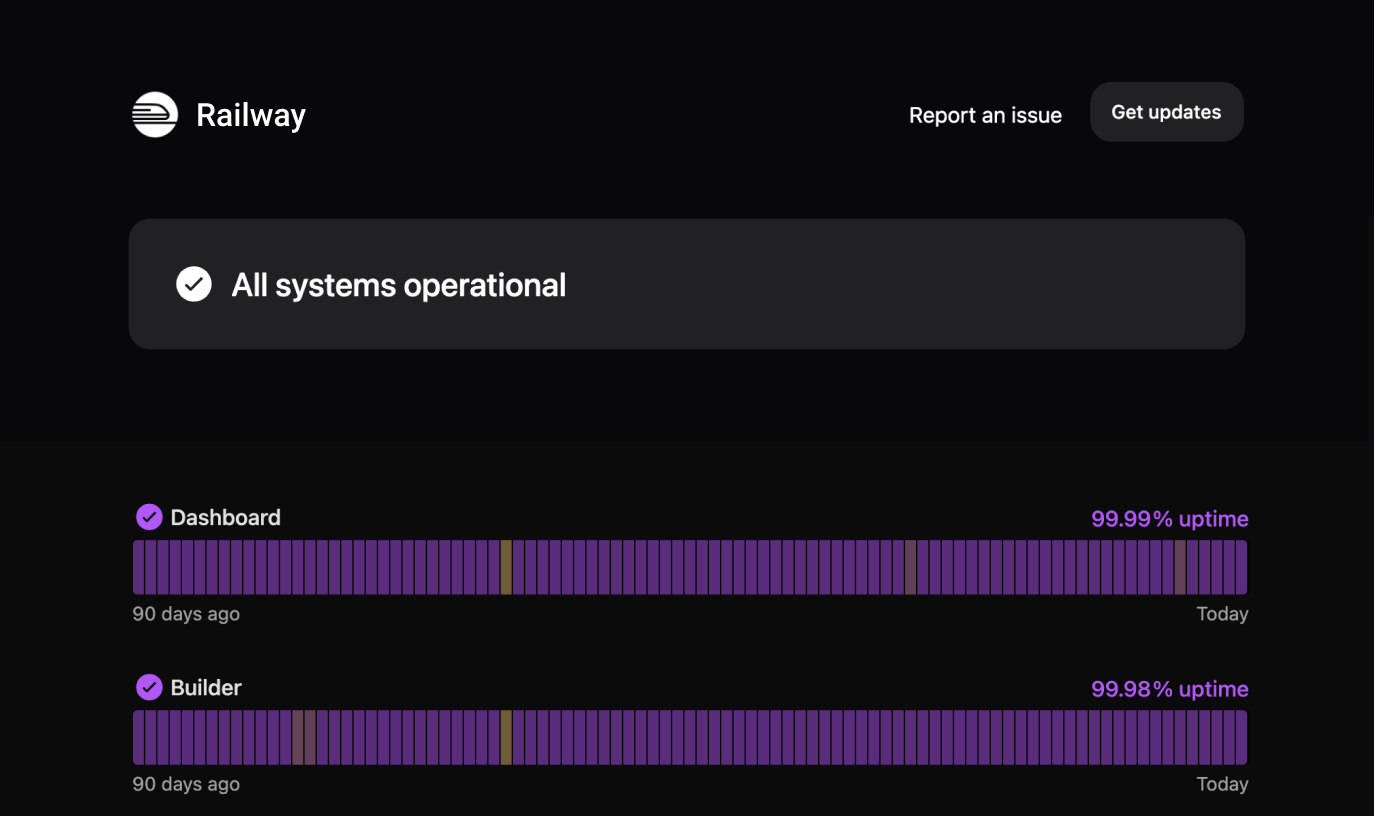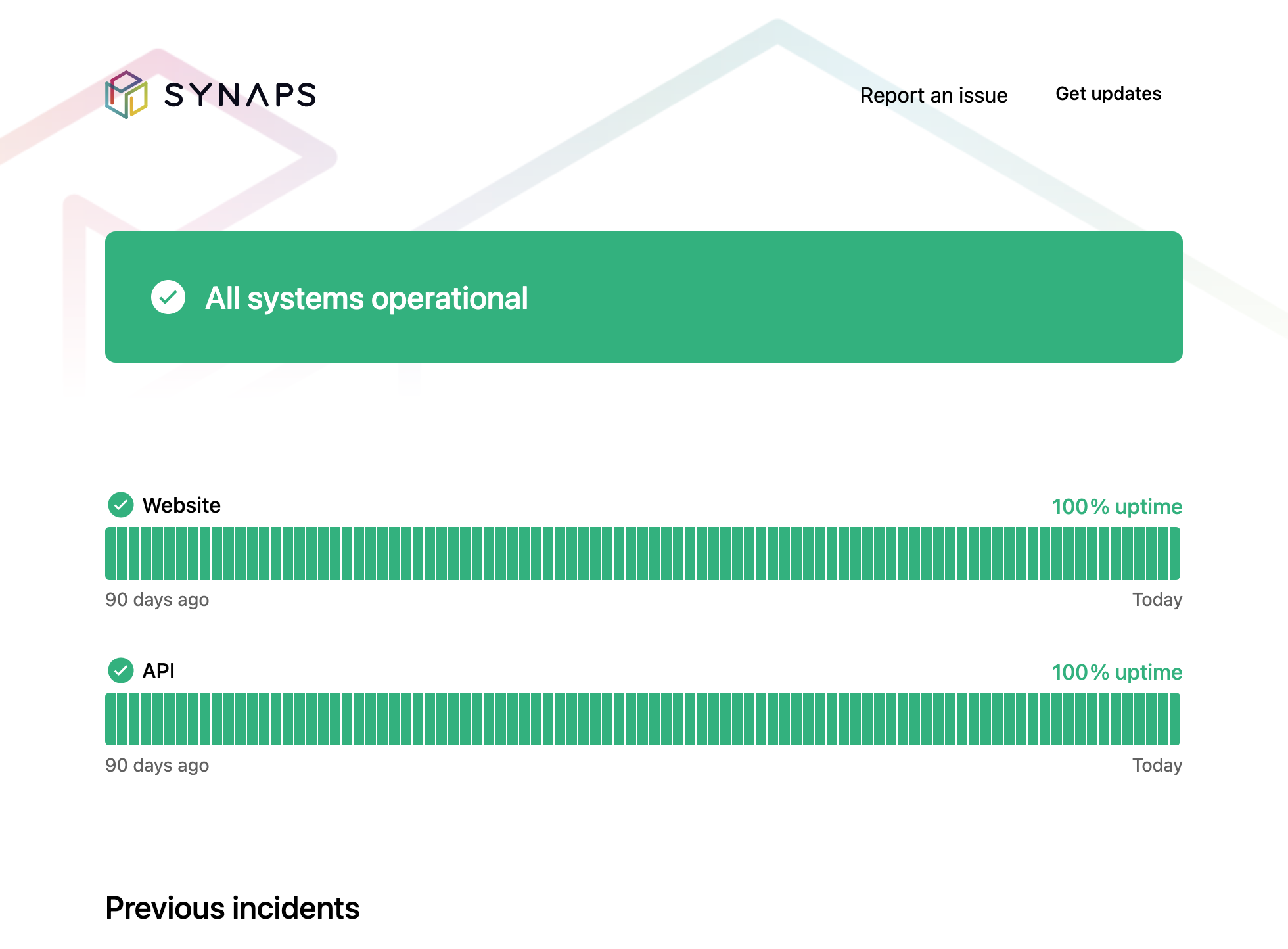DevOps Loops: Everything You Need to Know

DevOps is constant system of improvement and iteration. If you’ve ever built or developed a new feature and launched it to the world without an afterthought, you’re missing opportunities to gather feedback and optimize your product. Even worse, you could be delivering a poor experience for your front-end users without knowing. This is why implementing DevOps feedback loops into your system can greatly help your strategy.
With a DevOps feedback loop, you’ll have a perpetual system to launch software faster, stick to project timelines, and reduce bugs and errors. With a systems approach like this, you’ll also reduce downtime for live users.
But, if in the event your users do experience downtime, you can implement a status page from Instatus to let them know what’s happening. This can help reduce support tickets and improves the user experience. Create your status page free here
What is a DevOps Feedback Loop?
A DevOps feedback loop describes the relationship between the development and operations teams. In this loop, DevOps teams continuously plan, create and optimize software quickly to reduce errors and stick to deadlines. It’s a process that prioritizes clear communication, collaboration, speed, and quality, and is often depicted as an infinity loop where there is no fixed end-point.

Source: ISOS
Feedback loops consist of different phases which flow from one to the next throughout the DevOps lifecycle. Each phase is related to one next to it, meaning a change on one will cause a change in the next, eventually leading back to the start (hence the loop). It’s important to note that DevOps loops works harmoniously alongside the continuous development and integration (CD/CI) frameworks within the DevOps methodology.
So, it’s not uncommon to see teams adding automation tools into the phases in their pipelines. There are two different types of feedback loops you should concern yourself with: reinforcing loops and balancing loops.
Reinforcing Loops
Reinforcing loops, sometimes called ‘amplifying loops’, create a compound effect as teams move projects through their pipeline. If there is a positive change in one phase, the next phase will also see a positive change. Do bear in mind these can work against you as well, as it’s possible for reinforcing loops to work the other way. If one phase produces negative results, that output will be felt in the following phases.
Balancing Loops

Source: Untools
Balancing happens when one phase achieves positive results while another sees decreased results. Balancing loops seek to stabilize a system. In the context of DevOps, balancing loops often occur between development and operations, particularly when there are coding errors.
Like reinforcing loops, balancing loops can still produce situations where you’ll need to fix features and correct a negative situation. This could result in downtime for users.
Fortunately, there is a way for you to get issues fixed and regain momentum with a status page by Instatus.
A practical status page can let your users know you’re working on an issue and will provide context to why there’s downtime. This can reduce the burden on your support team and prevent users from leaving complaints. Get your first status page up and running for free now.
Why are DevOps Feedback Loops Important?
Feedback loops play a crucial role in the world of DevOps. They provide several benefits that ensure the software being deployed is high quality and produced in a timely manner.
Bridges the Gap Between Software Function and Customer Expectations
A valuable benefit of implementing loops into your DevOps workflow is the continued development of products based on customer experiences. A large part of the DevOps infinity loop involves constantly monitoring how users are interacting with software and then feeding back that information to developers. This means features and products are built and optimized based on what the customer wants and needs. Feedback loops essentially bring DevOps and UX closer together, providing software that keeps customers happy.
Ensures Projects are High Quality
With both reinforcing and balancing loops being utilized throughout the DevOps pipeline, code and software are produced to a higher quality. This is because the project will be reviewed and optimized as it flows through different phases of the infinity loop. That means errors are fixed earlier, allowing for less downtime and more user-friendly products.
However, if your users experience any downtime, you can also utilize Instatus to quickly put up a status page to let users know what’s happening. This can prevent any negative reviews and makes life a little easier for your support team. Try it out now for free.
Helps to Keep Projects Flowing in the Right Direction
Because DevOps loops flow in a linear direction through different stages, projects will flow, develop, and change in one direction. This makes projects much more manageable and streamlines the collaboration between your operations and development teams. It also means changes and optimizations happen in one direction.
Although there will be back and forth in the system as teams give each other feedback, every change to a piece of code or software pushes the project further toward completion. Even after deployment, the software will be monitored and optimized as it’s pushed through the pipeline again.
How to Use the DevOps Feedback Loop in Your Workflow
If you haven’t already implemented DevOps loops into your project management system, you have to define the phases. Then, it’s just a case of starting projects and working your way through, continually gathering feedback, and optimizing the process. Here’s some crucial stages you need to think about building out to implement this system effectively.
Planning Phase
The planning phase is crucial as it acts as the preface to the entire project. Everyone needs a seat at the table, including the development team, IT team, and stakeholders. Here, the features in each phase will be decided, as well as the value and criteria of each iteration. Your project management or DevOps release management team will be heavily involved in this phase, as they’ll be overseeing the entire project lifecycle.
Coding Phase
Once everything is planned, developers will then start to code, with tasks being divided and distributed around the team. During the coding phase, developers will produce code and add it to a centralized repository (like Github), where it will be reviewed, optimized, and continuously inspected.
Building Phase
The build phase is where the code produced by the developers is retrieved through an automated piece of software like Chef. It then builds the code, runs tests, and generates artifacts. These are all added into a central repository for easy access. It is during this phase that you’ll implement continuous integration strategies to ensure errors are identified early, and software quality is improved.
Testing Phase
Now with the code built, it is time to test it. Most DevOps tests are run using automation. This is particularly true with white box testing, which tests the software’s infrastructure and internal coding. Other forms of software tests can be performed here as well, such as black box testing, which tests the external functionality of software. There’s also explanatory testing, which is an invaluable way for DevOps teams to see how the software works in an environment that mimics real life.
Deployment Phase
Once the tests have come back with the all-clear, the next stage is deployment. This is where you deploy the software or change to the live environment where users can interact with it. In DevOps, continuous deployment is utilized so new changes, iterations, and updates are pushed continuously to the live environment. This is all done through automated systems to prevent any hold-ups when new code is created and approved. It’s pushed live without any human intervention.
Monitor Phase
Once the new feature, product, or software is live, it should be continuously monitored. This allows for customer feedback to be gathered, so you can start to iterate and improve what you’re deploying. Continuous monitoring also means teams can spot if there are any errors users are experiencing. If there are, you can start to make improvements immediately. You can simply throw up a status page from Instatus, let users know what you’re doing, and start working on the changes.
To Conclude
Feedback loops are an essential element of the DevOps framework. They ensure projects are streamlined in a single direction through several pre-defined stages. At each stage, teams communicate and collaborate to ensure there are no issues or bugs.
When features are deployed, they are continuously monitored using real-world feedback from users. Allowing products to go through several iterations to make them more user-friendly and profitable. By constantly monitoring and pushing changes automatically through your pipeline, your users will also experience less downtime.
However, in the event they do experience downtime, you can use a gorgeous status page from Instatus to keep them up-to-date with the situation. Get your first status page up and running now, for free.
Get ready for downtime
Monitor your services
Fix incidents with your team
Share your status with customers




